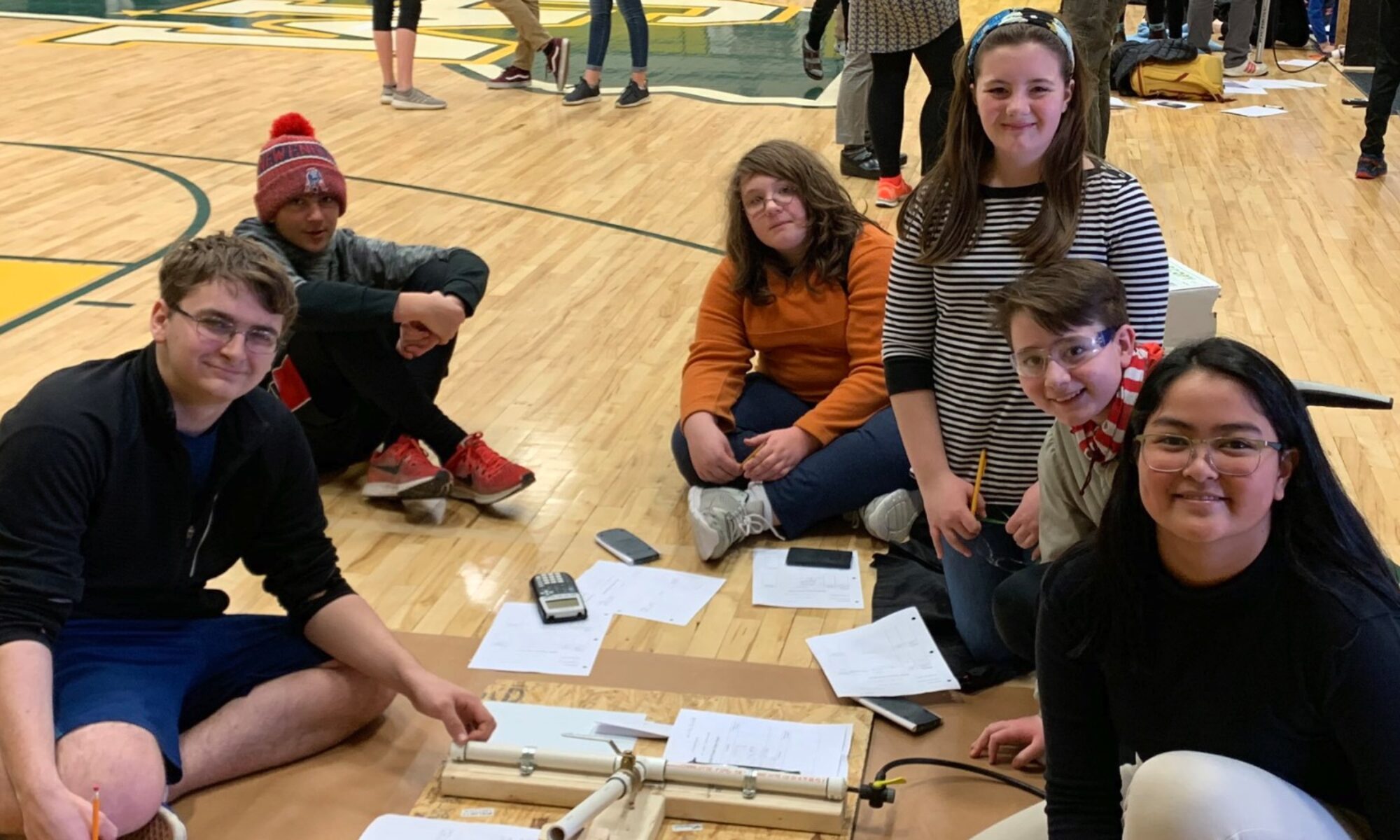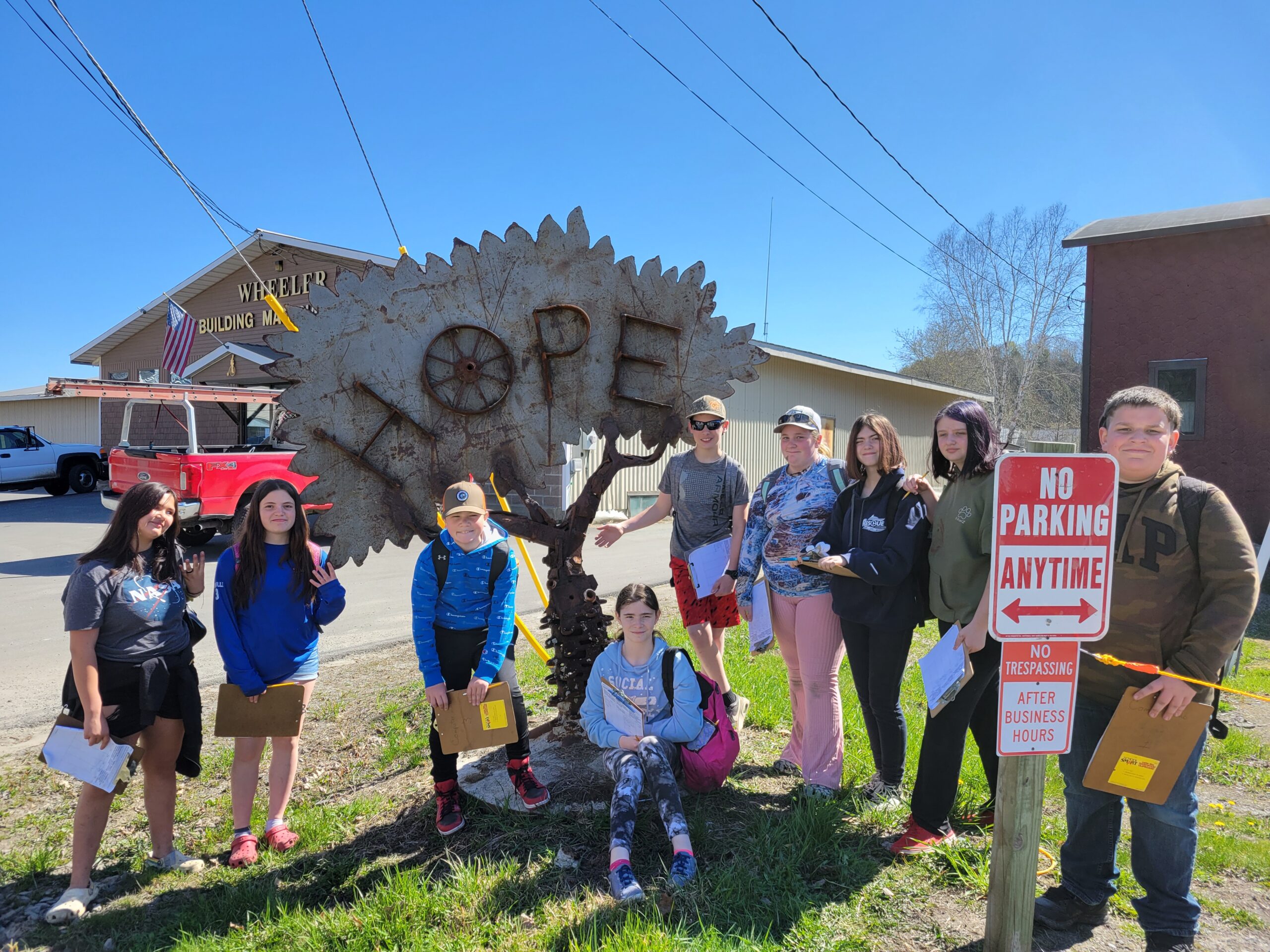At the Tarrant Institute, we write a lot about Project Based Learning (PBL). We consider it one of the engaging and meaningful instructional pedagogies that we endorse. As an approach, PBL offers many of the traits that address the important needs of young adolescents. It engages students in thinking about real-world problems, gives time for inquiry and research, and suggests that students create their own solutions to questions. Which is why we’re so excited to share our new Project Based Learning toolkit with you. Find it in its permanent location here.
Teachers who implement PBL observe so many benefits. We trust the work and research of PBL Works to describe Why Do We Focus on Project Based Learning?
Before anyone sets out to implement PBL, we encourage you to build the culture for this learning. This blogpost about creating a PBL culture in your classroom shares strategies and activities. Our Community & Culture toolkit can also provide you with some resources and strategies to prepare your learners to engage successfully with Project Based Learning.
But even when you build the culture, we know that teaching and learning with PBL can be messy. Students are collaborating in groups. They have varied paths they want to follow. There is trial and error. It isn’t easy! We have worked with countless teachers and schools to help them tell their PBL stories. And we have learned from their work to help guide us forward.
In this toolkit, you will find topics that might resonate with your own inquiry about PBL. Attached are some of our most valuable and relevant resources to help you on your journey towards understanding and implementing PBL with students.
PBL How-To
These posts offer suggestions, steps, and planning tools for how to build and implement PBL in your classroom.
- Planning a PBL unit
- Getting on the PBL highway
- Real-world problems and project-based learning
- General PBL Planning Template
- 4 ideas for using a makerspace to support PBL
- Project based learning in the primary grades
Examples of Exciting PBL
These stories describe some real-world examples of Project-Based Learning.
- Project-based learning: Extreme weather PBL unit
- How to build a better (student-made) chicken coop
- Project-based learning at home
- Developing empathy for your community
- Sixth graders revamp Lyndonville
- Connecting students to community in the Northeast Kingdom
- 5 lessons learned from an integrated middle school PBL unit
- Introducing “Cabot Leads”
- Student architects present to local school board
Virtual PBL
When the pandemic forced students to be at home, we got creative about how to keep PBL alive and well. While students are in person now, we can still learn from this time.
- How to throw culminating events – online!
- Pivoting! to remote PBL
- What do public exhibitions of learning look like during a pandemic?
PBL Pitfalls
Like a lot of teaching strategies, we have learned from our mistakes implementing PBL. Here are some resources that address some of the potential pitfalls.




 Subscribe to our channel
Subscribe to our channel
this is so knowledgeable blog.
It’s an amazing blog post, and it is really helpful as well.
Can you be more specific about the content of your article? After reading it, I still have some doubts. Hope you can help me.